Exercise Rehabilitation at R8
Exercise Rehabilitation at Rejuven8 — Evidence-Based Care, Tailored to You
At Rejuven8 Health and Fitness, we specialise in exercise rehabilitation that’s grounded in science and delivered with care. Whether you’re recovering from an injury, managing a chronic condition, or regaining strength after surgery, our team of university-qualified Exercise Physiologists is here to support your journey — every step of the way.
Our programs are individually tailored, clinically informed, and designed to help you move safely, restore function, and return to doing what you love with confidence.
Why Choose Exercise Rehabilitation with Rejuven8?
-
Delivered by Accredited Exercise Physiologists
Our team has the qualifications, knowledge, and clinical expertise to create rehabilitation programs that are effective, safe, and specific to your needs. -
Personalised, Goal-Driven Approach
No two bodies — or injuries — are the same. Your program is carefully tailored to your health history, movement capacity, and personal goals, with ongoing guidance and progress tracking. -
Insurance and Medicare Rebates Available
Many of our services are covered by private health insurance, Medicare, WorkCover, NDIS, and TAC, making high-quality rehabilitation both accessible and affordable. -
Support for a Wide Range of Conditions
From musculoskeletal injuries and post-operative recovery to chronic conditions like arthritis, osteoporosis, cardiovascular disease, and neurological disorders — we’re here to help you move forward with confidence.
A Smarter, Safer Way to Recover
Rehabilitation at Rejuven8 is about more than just recovery — it’s about restoring strength, confidence, and quality of life. With our exercise physiologists by your side, you’ll gain more than just a program — you’ll gain a partner in your long-term health and wellbeing.
Contact us Today!
To book contact us using the form below and we will help you with your exercise rehabilitation needs.

